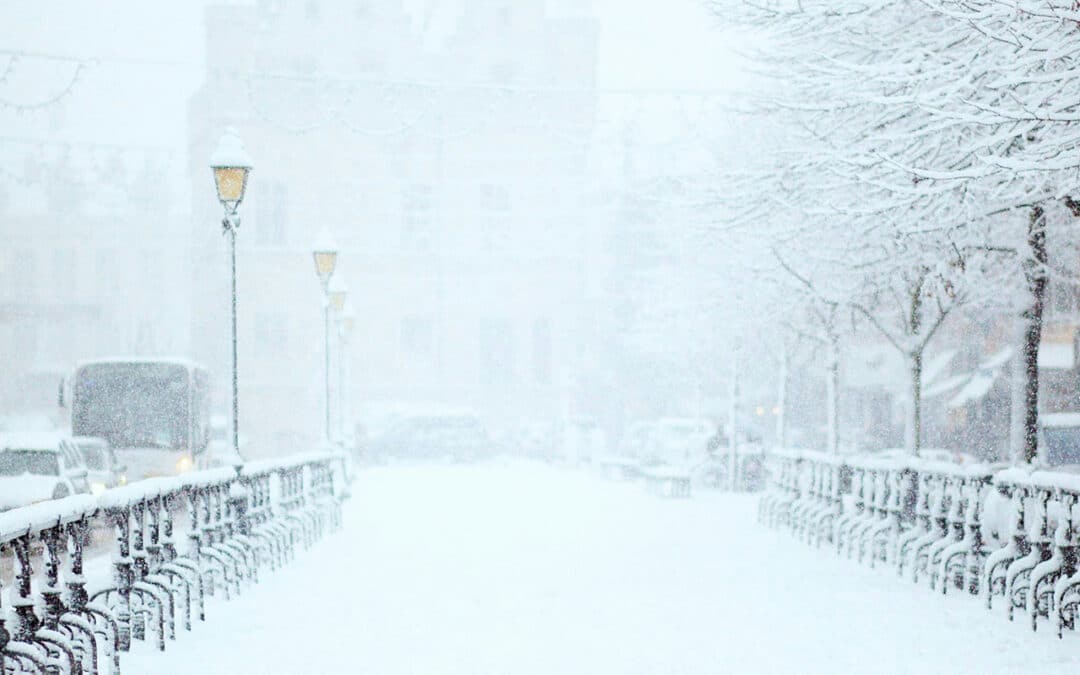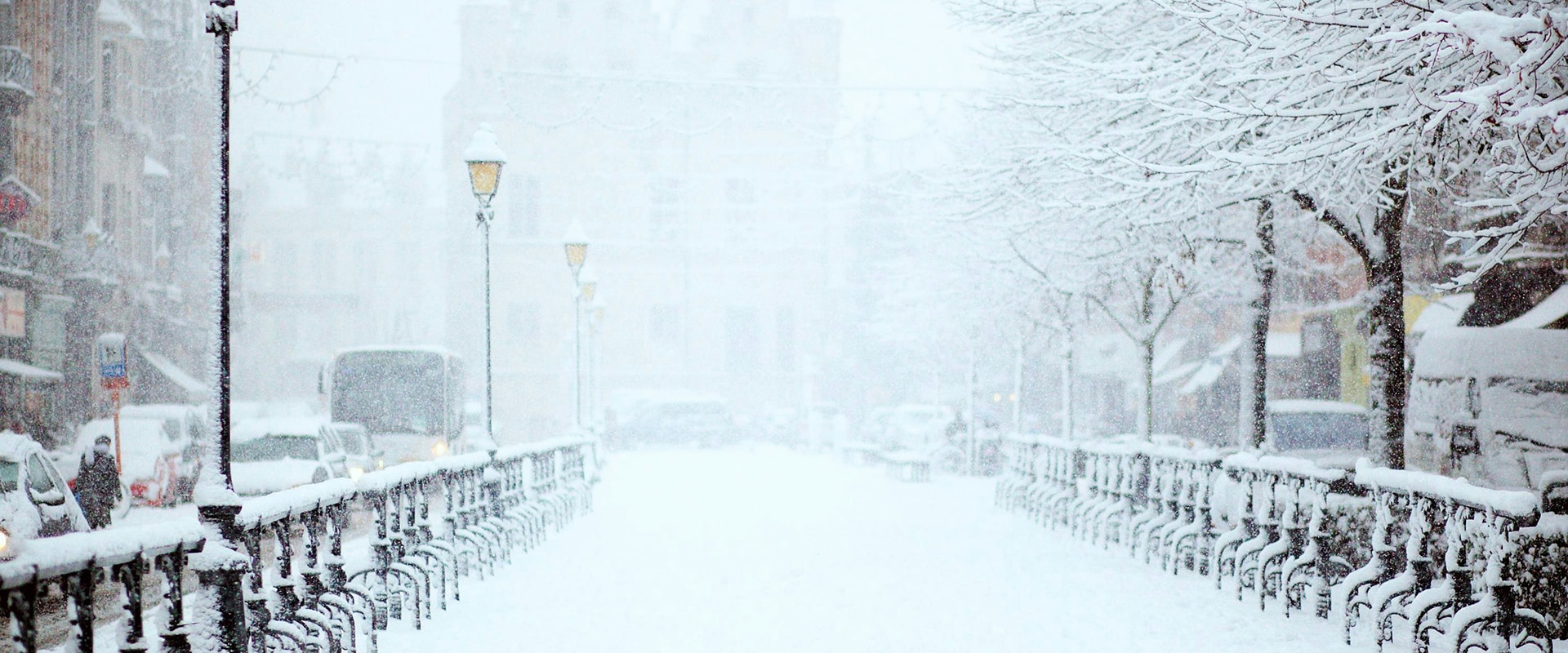The Quebec and Canadian winters are putting our heating systems to the test. Faced with rising energy costs or simply by choosing to be sober, the idea of sleeping without heating is gaining ground. But is it really possible and how can you go about not sacrificing your comfort and health? This article explores the different strategies for spending mild and warm nights without turning on the heating, taking into account the climatic specificities of Quebec and Canada.
 Is it healthy to sleep without heating in winter?
Is it healthy to sleep without heating in winter?
The answer is nuanced. Sleeping in a very cold room can actually have adverse health effects. Cold, moist air can irritate the respiratory tract and promote infections, especially in people with asthma, bronchitis, or other lung conditions. Prolonged exposure to cold can weaken the immune system and make the body more vulnerable to viruses and bacteria. The cold can also cause vasoconstriction, which is a narrowing of blood vessels, which increases blood pressure and puts more strain on the heart. However, it is quite possible to sleep comfortably without turning on the heating, maintaining an acceptable room temperature through insulation and body heat techniques. The goal is not to sleep in the freezing cold, but to create an environment conducive to sleep without resorting to direct heating.
Strategies for sleeping without heating
Thermal insulation of the chamber
Good insulation is the key to keeping heat inside and limiting heat loss. Proper insulation of the walls and roof is essential to avoid heat loss. If your home is poorly insulated, consider energy improvements. Caulk windows and doors with weather stripping, door bottoms and caulking. You can also use thermal curtains or thick blankets to reinforce the insulation of the windows. If your floor is cold, use thick carpets or rugs to insulate your feet from the cold.
Bedding optimization
The choice of bedding is essential to keep warm during the night. Opt for a duvet made of down, wool or warm and insulating synthetic fibres. Choose a heat index (TOG) that is suitable for winter temperatures. Add extra wool or fleece blankets for added insulation. Use a flannel or fleece fitted sheet, as these soft, warm materials retain body heat. A hot water bottle placed at foot or stomach level before going to bed can provide a very pleasant feeling of warmth.
Body heat and sleepwear
Choose flannel, thick cotton or wool pajamas for sleeping. Keeping the feet warm is essential for good blood circulation and an overall warm feeling, so wear warm socks. If you’re particularly sensitive to the cold, wearing a beanie overnight can help you conserve body heat.
Other tips
Even in winter, it is important to air the room for a few minutes every day to renew the air and avoid humidity. If you heat other rooms in the house, leave the doors open so that the heat diffuses into the bedroom. Humidity accentuates the feeling of cold. Make sure your bedroom is well ventilated and use a dehumidifier if necessary.
Adapting your approach to the Quebec/Canadian climate
The Quebec and Canadian climate, with its long and harsh winters, requires special attention. Insulation is especially important in areas where temperatures drop very low. Investing in a very warm duvet and extra blankets is essential to face the cold nights. Humidity is a common problem in winter, especially in areas with heavy snowfall. Good ventilation and the use of a dehumidifier may be necessary.
For peaceful and economical nights
Sleeping without heating in winter is possible, provided you take the necessary measures to insulate your room and adapt your bedding. The aim is to create a comfortable and healthy environment, avoiding temperatures that are too low and could be harmful to health. By following these tips and adapting them to your situation and the climate in your area, you will be able to have mild and economical nights, even in the colder months.


 Is it healthy to sleep without heating in winter?
Is it healthy to sleep without heating in winter?